
Tindalostalbot
Shared posts
Mapping Dewey: 1936 Dewey Decimal Map of the United States
My spouse is a map nerd, so when I saw the book Picturing America : the golden age of pictorial maps (Chicago : University of Chicago Press, in association with the Library of Congress, 2017) in the Library of Congress gift shop, I bought him a copy. While looking through it he called me over to show me one of the map reproductions in the book: a Dewey map of the U.S.! I was able to request the map at the Library of Congress and view it in its full-size (48 x 71 cm) glory.
The Dewey Decimal map of the United States : a guide to library shelves was created in 1936 by Bertine E. Weston, who served as Library Journal editor in the 1930s and 1940s. As one of the keys explains, the map also provides class numbers for "products, industries, etc., found among the various states and neighboring waters simply to provide a further guide to the shelves."
The guide to the map explains that "Books on the history of a state will be found on the shelves under the classification number shown on the map. The shelf number for books of travel, etc., will be found by placing the Figure 1 after the Initial 9. Thus the history number for Illinois 977.3 becomes 917.73 for travel, Topography, etc." That’s a nicely succinct way of describing the patterns of the 900s built off of Table 2's geographic areas.
Below are a few details of the map. I love the spouting whale off the coast of Washington and the alligator crawling out of the boundaries of Florida!
A chilly reception
Join us on Patreon
Here’s a gallery of some (cruelly cropped) images representing a small sample of what my Patreon backers have been getting over the past several weeks.
Identify these Arms: Victorian Seal
Lawrences of Crewkerne are offering for sale a Victorian gold mounted agate seal.
Can you identify the Arms? I have un-reversed the image so that the Arms are “true”.

No prizes I am afraid.
Tales: The Lucky Cursed Dice

While working on a production of MacBeth I made a bunch of friends, and another friend and I introduced a few of them to D&D. To protect the innocent I'll use their character names, Malcolm and Macduff.
Every group has someone who rolls bad or just makes bad life choices for his characters.…
Morrigan Aensland by クッキー@お仕事募集中As found...

Morrigan Aensland by クッキー@お仕事募集中
As found at:
http://www.pixiv.net/member_illust.php?mode=medium&illust_id=59270339
Here’s a thought… Morrigan in a Shakespeare play…
Armorial Bearings of Gollop of Strode

On and off over the past 35 years or so, I have been looking at the Gollop family from Dorset, more on that later. However, in the last few months I have revisited the Armorial Bearings of the Gollops and, as a result, have had to make a few tweaks to my blazons and emblazonments;
The pedigree of Gollop of North Bowood and Strode first appears in the 1623 Visitation of Dorset but without any recorded Arms. However, in the Harleian Society’s Visitation of Dorset 1677 (published 1977) the Arms are recorded as “Quarterly: 1 and 4, Gules on a bend or a lion sable; 2 and 3, Azure, a bear passant argent”. Whilst the published pedigree does mention two heiresses, it is not clear from whom the Bear Passant is inherited.
A further twist is that there were two Grants from the College of Arms after the Visitation. The first in 1682 and the second in 1720. I raised this with the College and received the following response from the office of John Petrie, Rouge Croix;
“We have looked at the two grants you mentioned. The first (Coll. Arms Grants 3/162), is not a grant, but an assignation of tinctures. It seems Thomas Gallop, son of Thomas Gallop, appeared at the College with a ‘much worne’ seal ring which he said had been used by his father for many years. Despite the fact that no arms were recorded for the family at the visitation of Dorset in 1623, the heralds seem to have accepted the arms on the seal – On a Bend a Lion passant – as the arms of the family and ‘granted and assigned’ the tinctures Gules on a Bend Or a Lion passant Sable armed and langued Gules. The confirmation was to ‘the said Thomas Gollop’, which is a little unhelpful considering both father and son are mentioned earlier, and the patent is dated the 30th October 1682.
The second grant (Coll. Arms Grants 6/417) is the result of Thomas Gallop, junior, desiring a grant of a crest after omitting to petition for one in 1682. The text of this patent makes clear that the earlier assignation of tinctures was to both Thomas Gallop, junior, and the other descendants of his father, and with the same limitation. It grants a crest of “On a Wreath of his Colours a Demy Lion Rampant Bendy of four Or and Sable holding in his Dexter Paw a Spear Or, the Staff Rompu Gules”. The patent is dated the 20th April 1720.”
It was also noted that the quartering with a Bear was unidentified in the 1677 Visitation and seems to be its only occurrence in the College records.
As the College mentioned above, there is some confusion regarding which “Thomas Gollop” is which. The cast of characters for the period were:
- Thomas Gollop b.1582 d.1663
1.1. Thomas Gollop b.1617 d.1692
1.1.1. Thomas Gollop b.1640 dsp.1727
Looking at the published pedigrees, I think 1. Thomas Gollop would have been the signatory of the 1623 Visitation and 1.1. Thomas Gollop that for the 1677 Visitation. What is not clear is which Thomas Gollop petitioned for the two “Grants”. Initially I thought it was 1.1. in 1682 and then 1.1.1. in 1720. However, re-reading the College’s response, I suspect it was Thomas Gollop (b.1640 dsp.1727), he would have been aged 42 and 80 respectively for each Grant. The latter Thomas was the eldest of 12 brothers, at least five of which had children. Incidentally, the North Bowood & Strode estates, by agreement, passed to the fourth son, John.
The knock on effect of the above was to realise that I had been using the wrong blazon for Gollop. I initially used the one listed in Burke’s General Armory (and then added the Bear quarter);
Arms: Gules on a bend Or a lion passant guardant Sable
Crest: A demi lion bendy Or and Sable holding in the dexter paw a broken arrow Gules.
This is subtly different from the actual blazon;
Arms: Gules on a Bend Or a Lion passant Sable armed and langued Gules
Crest: A Demy Lion Rampant Bendy of four Or and Sable holding in his Dexter Paw a Spear Or, the Staff Rompu Gules
My interest in the Dorset Gollops started when I tried to identify the family of my paternal great-great-great-great grandmother Elizabeth Gollop and any connection with the armigerous family of Gollop of Strode. She married the Rev’d John Plowman at Toller Porcorum, Dorset, on 7th November 1776. The marriage was witnessed by a Thomas Gollop and Eliza Maria Foy. The first hint at a possible connection was Eliza Maria Foy. The two sons of the John Gollop of Strode mentioned above, John & Thomas, married two Foy sisters. Eliza was either the wife of their nephew or his daughter.
I was unable to find any further details about Elizabeth Gollop in parish records, partly due the fact that Thomas and Elizabeth were the most popular Christian names in Dorset. However, by checking the wills of multiple Thomas Gollops I found her brother (died 1823) and the name of her father, also Thomas. Various documents* held by the Dorset History Centre showed that her brother had financial difficulties over a number of years. By following a number of Indentures that concerned Lowcombe Farm (also Staverlands, Saunder’s Living and Hogbear) in North Bowood it was possible to track its ownership from her brother back to the 1690s. That showed that their grandparent were Thomas Gollop and Mary Foy.
Expanding the family tree a bit:
1. Thomas Gollop b.1582 d.1663
1.1. Thomas Gollop b.1617 d.1692
1.1.1. Thomas Gollop b.1640 dsp.1727
1.1.2. Giles Gollop
1.1.3. William Gollop
1.1.4. John Gollop of Strode d.1731
1.1.4.1. John Gollop of Strode m. Edith Foy – His issue are recorded in Burke’s Landed Gentry
1.1.4.2. Thomas Gollop of London d.1743 m. Mary Foy
1.1.4.2.1. Thomas Gollop of Weymouth d.bef 1780
1.1.4.2.1.1. Thomas Gollop of Bincombe dsp.1824
1.1.4.2.1.2. Elizabeth Gollop d.1806 m.1776 Rev John Plowman
1.1.4.2.1.2.1. Thomas Plowman d.1856
1.1.4.2.1.2.2. Henry Plowman d.1842
1.1.4.2.1.2.2.3. Rev John Herbert Plowman d.1892
1.1.4.2.1.2.2.3.1. Rev Herbert W T Plowman d.1902
1.1.4.2.1.2.2.3.1.1. Clifford H F Plowman d.1948
1.1.4.2.1.2.2.3.1.1.1. Ronald T F Plowman d.2004 Grantee of Arms
1.1.4.2.1.2.2.3.1.1.1.1. Stephen J F Plowman
Elizabeth Plowman died in 1806 and her brother died without issue in 1823, this made Elizabeth a heraldic heiress in her issue. In the English heraldic tradition, a heraldic heiresses’ Arms go into “limbo” until such time as a male heir has Arms with which to quarter them. Therefore, I could display my Arms as below:
Quarterly 1st & 4th Argent three Anchors Sable each entwined by a Serpent Gules on a Chief enarched nebuly Azure three Martlets rising Or (for Plowman) 2nd Gules on a bend Or a lion passant Sable a martlet Or charged with a crescent Gules for difference (for Gollop 1st & 4th Vis 1677) 3rd Azure a bear passant Argent (for Gollop 2nd & 3rd Vis 1677)
*
Grrl Power #699 – Snek surfing
I hadn’t quite planned on Cora’s hard light projector being able to extend that far, because on top of giving her fairly broad disguise and shapeshifting powers, (on top of being a bit of a combat monster already), having an 18′ range on hard light constructs kind of turns her into a mini color accurate Green Lantern. At the very least, she could do a Doc Oc thing, or like a God of War bit with the sword/hook things on chains. I’m trying to avoid serious power creep with Cora, partially because I envisioned her being pretty powerful to begin with.
My half-assed solution to this is that everything on the snek tail past the second ground contact point is just projected hologram, and not actually hard light. So Cora’s cheating a bit there. I’ll say the hard light cutoff is about 8′. Still.
When Cora said this was an old loadout, she wasn’t kidding. I have a pencil drawing of her in this getup that’s like, 15-ish years old. She’s holding 4 scimitars in it, even though she’s not much of a melee fighter if she can avoid it. I had planned on scanning it, but it’s somewhere in a 10″ deep stack of drawings, so I’ll keep looking for it.
Double res version will be posted over at Patreon. $1 and up, but feel free to contribute as much as you like.
Morrigan Aensland Cosplay by HellwinaAs found...

Morrigan Aensland Cosplay by Hellwina
As found at:
http://hellwina.deviantart.com/art/Morrigan-Aensland-Cosplay-605418141
Simply wonderful…
Anamorphosis A type of projection that looks distorted when...

Anamorphosis
A type of projection that looks distorted when viewed from a standard vantage point or means, but can reveal itself spectacularly from the right point or using the right tool.
This is the technique responsible for making 3D looking ads on rugby fields that players can run over as if they weren’t there; or how they create those amazing street art holes; or how S L O W painted on a road may look just right when driving towards it but weird and long when seen from the side; or how Hans Holbein the younger tucked a skull into his painting The Ambassadors in the National Gallery. But others may require viewing with a mirror or a circular viewer to reveal themselves as intended.
Anamorphic art is therefore referred to as an intimate art as, even in an art gallery, the true picture may only reveal themselves to one person viewing in just the right way.
Also see: one-point perspective, two-point perspective, 3-point perspective, draw what you see, not what you think, atmospheric perspective.
PS you’ll have to tilt your screen or move to quite an angle to see Tilt me look like normal letters in the sketch.
Tales: Shoulda Read the Manual

A few years ago I got tired of waiting to find an experienced DM and decided to do it myself. I checked out a few D&D 4e books from the library, asked my brother if he'd be interested in playing a solo campaign, and made time to learn. How hard could it be? Unfortunately, thanks to school ea…
Holidays and Events of Note for January 3, 2019* J.R.R....

Holidays and Events of Note for January 3, 2019
* J.R.R. Tolkien Day
* Women of Rock and Roll Day
* Carnival de Blancos y Negros “Holiday of Blacks and Whites” (Columbia) Five-day Festival held in Pasto City, Columbia. To celebrate more than 300 years of racial harmony they have a two-day festival with music, street dances, free food and drink, and usually water & flour fights and the picking of a queen. On the first day everyone wears white face while on the last they don black face with special make-up produced in the city for the purpose, it helps that they don’t have that whole toxic minstrel show thing as part of their heritage. But what of the Indians?
* Festival of Sleep (U.S.)
* National Chocolate Covered Cherry Day
* National Drinking Straw Day
Here’s a rare one, a “holiday” that is being banned all over the place
https://www.nationalgeographic.com/environment/2018/07/news-plastic-drinking-straw-history-ban/
* It was on this day in 1863, on the cover of Harper´s Weekly in a cartoon by Thomas Nast, that Santa was first shown delivering gifts with a reindeer-drawn sleigh. The title was `Santa Claus in Camp, the recipients of those gifts, Union soldiers.
Saturday Morning Breakfast Cereal - Framing
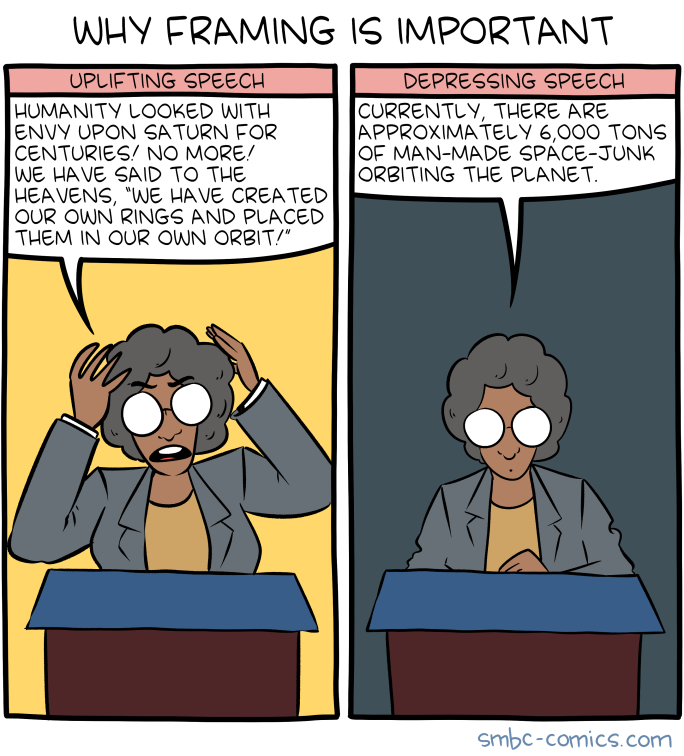
Click here to go see the bonus panel!
Hovertext:
GUYS, the CNSA just landed a rover on the far side of the moon. Go look!
Today's News:
Tales: No Laughing Matter

I grew up playing D&D, and stumbled into the role of DM with the release of 5e. This particular moment is noteworthy for being as unexpected as it was entertaining.
I had not been a DM for more than a matter of months when one evening came that we were trying to get the regular party togeth…
Supporting NPCs In A Superhero Game
.
.
Grrl Power #695 – Ordnance, schmordnance
Merry Christmas Eve to those of you celebrating the holiday. Merry “you probably have at least part of the week off anyway” to those of you who don’t. And Merry double overtime to those of you in category 3.
I think the idea that the guy is sent to mine something insubstantial is funnier than it should be. How would one mine “warp”? I think the first draft had “gravity mines” but I thought some people might confuse that with explosive mines floating in space that are attracted to ships via gravity or something, so I changed it. Still, it makes me imagine the guy with a ball and chain swinging a pickaxe at… something, then loading a minecart up with hazy blobs of purple energy.
I had considered showing the fight, but I thought it would wind up being 10-12 pages of decent but not groundbreaking action. I mean I’m not exactly Yusuke Murata or Masahiko Nakahira over here. Yet.
Given the foregone conclusion, I figured it’d be okay to skip this time around. We’ll get to see Cora fight eventually.
Cora is very much a combat monster, much in the way Dabbler is, but unlike her, Cora is a focused DPS, whereas Dabbler is a little bit of this, a little bit of that. Cora has some tankiness, but she’s most comfortable as ranged damage. She’s the ranger, essentially. Minus the healing spells and communing with nature stuff.
Double res version will be posted over at Patreon. $1 and up, but feel free to contribute as much as you like.
Compose a cheeseboard A cheeseboard is a highlight of the...

Compose a cheeseboard
A cheeseboard is a highlight of the holidays for me. Here are some simple guidelines on how to create a winning one that looks and tastes the part.
I think the key really is the range of textures in the cheese. If you’ve got a hard, semi-hard, and soft cheese you’re onto a good start. If you can add in a crumbly and creamy and make sure you have a range of strengths from mild to mature, stinky or blue you’re onto a winner. Then make it amazing by adding complements from the sweet and salty buckets and don’t forget the crackers and breads.
If you want show off, try to cover a range of cheese shapes, colours and milks such as goats and sheep as well.
Mmm…
Also see, Don’t cut the nose off brie and Compliment, Complement, Freeze stilton.
And because you may find yourself curious about it: origins of Boxing Day.
Grrl Power #692 – Common ground
I wanted that final panel to look like a soft-R-rated… basically an orgy, but work safe, cause it’s not that kind of a comic. As usual, my imagination far exceeded the time needed to draw such a thing, so I started adding confetti and balloons in the background to make it look a little crazier. That sort of made me think of Dabbler as an X-Rated Pinkie Pie. The point being that the first person who makes Dabber her maid of honor is in for a shock when she throws the bachelorette party.
I guess in panel three, ThanoSydney is wearing one of those foam Hulk smash gloves that’s been painted flesh colored. I mean, to explain why the orbs are so small compared to her hand.
This page colored by Kieth.
Double res version will be posted over at Patreon. $1 and up, but feel free to contribute as much as you like.
Saturday Morning Breakfast Cereal - Cryptography
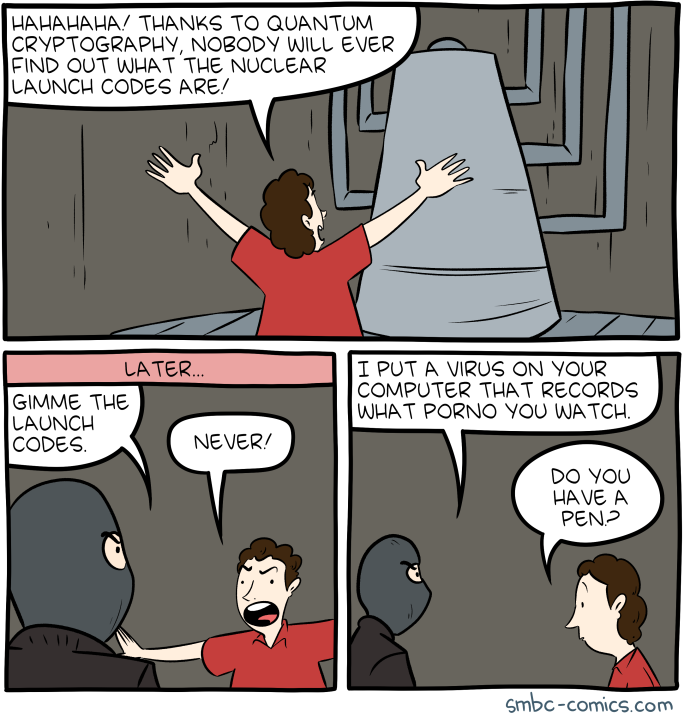
Click here to go see the bonus panel!
Hovertext:
On the plus side, every time there's a cryptography advance I can do a version of this comic.
Today's News:
The power of streaks A streak — achieving something on a...

The power of streaks
A streak — achieving something on a schedule without missing a slot — has a remarkable pull over us when it comes to helping us get things done. As Seth Godin points out, streaks turn an activity into a game. And while we may have started out with the intention simply of completing the activity, our continued motivation can transfer to simply be the motivation of keeping the streak going.
If you’re into streaks or want to give them a try to achieve something yourself, you might like the Streaks app (which is how I knew I’d done 2 years without missing), Austin Kleon’s 30-day challenge, or the simple power of one-a-day.
Streaks can also have a dark side: if you break the chain you can think it’s not worth getting started again. For that reason, I like James Clear’s advice to never miss twice.
Release by ozmaAs found...
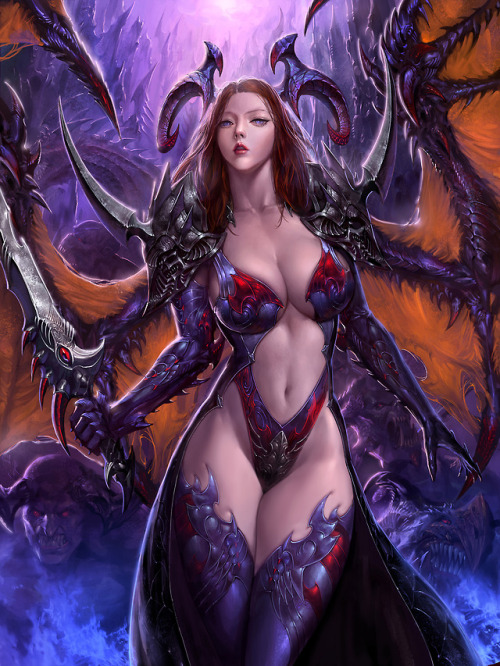
Release by ozma
As found at:
http://www.pixiv.net/member_illust.php?mode=medium&illust_id=52930886
One should never bring a succubus to anger…
Saturday Morning Breakfast Cereal - Secrets
.png)
Click here to go see the bonus panel!
Hovertext:
Maybe we can fix conspiracies with The Blockchain.
Today's News:
On The Future of Media
Jim Nelson signing out after 15 years as chief editor at GQ:
We hear a lot about the Future of Media, about the inconvenient truth of disruption and the promise of this or that way forward. Sometimes I think no one knows anything. And then I realize the answer is as obvious as it ever was. See, throughout my years here, there was always something that was going to come along and revolutionize everything—the iPad, Vine, Facebook Live, IGTV—but to my mind, nothing ever replaced, or will replace, what happens when smart and talented storytellers put their hearts and minds together to create work they’re excited about. That’s the only key to the past and future of media, and the only thing worth aspiring to.
Yep.
Marchetti’s constant This is the idea that people across...

Marchetti’s constant
This is the idea that people across history budget on average about an hour a day for traveling. Originally observed by Yacov Zahavi, it came from the observation that even as our means of transport sped up, instead of traveling less each day we would just travel further. As in the sketch, this leads to a conclusion that the size of our cities increases partly according to how efficiently we can travel in and out—they generally increase to a size that maintains about an hour round-trip journey.
Cesare Marchetti observed that Greek villages and ancient walking cities, for example, as marked by ancient city walls, tend to share a radius of about 2.5km. Walking at a typical 5km/hr that makes an hour round trip journey. He also pointed out that: “Even people in prison for a life sentence, having nothing to do and nowhere to go, walk around for one hour a day, in the open.”
Unfortunately, if you live in London, the average round-trip seems to be an exception of 1h30.
This is also known as the constant travel time budget hypothesis.
Also see isochrones. It might be interesting to look at these according to transport method…





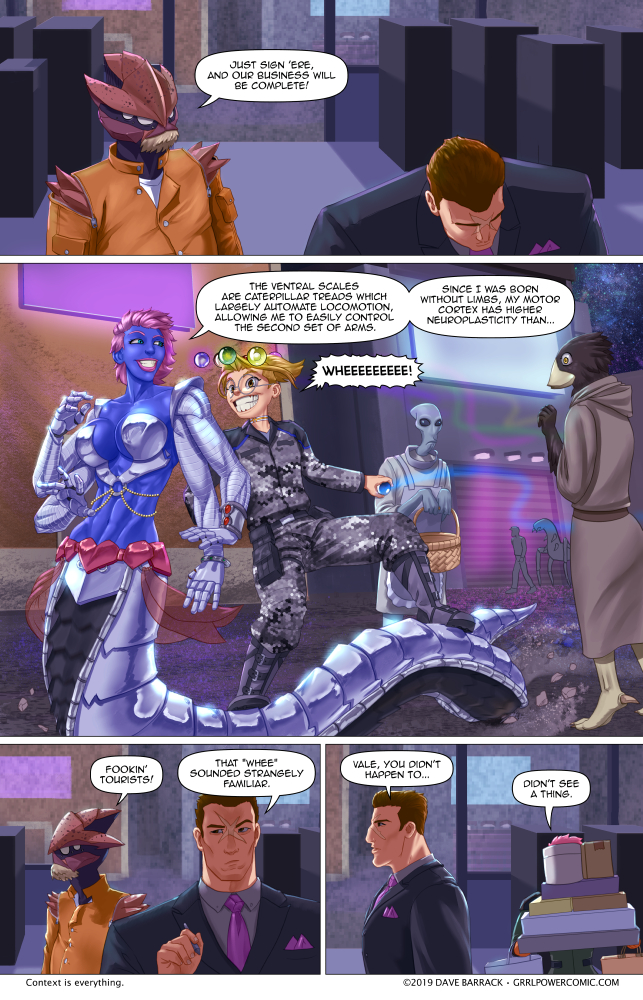









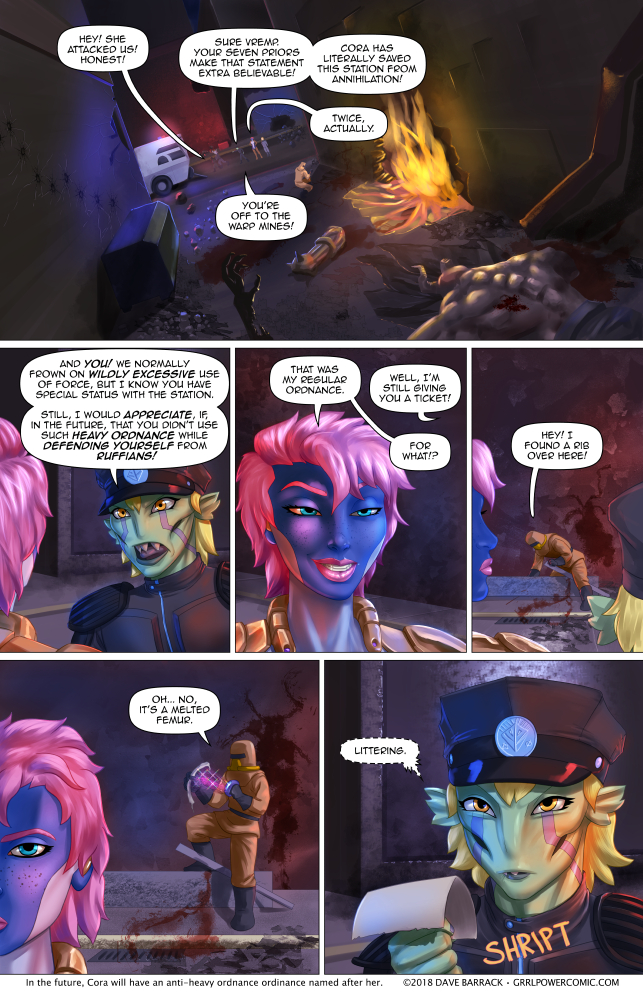

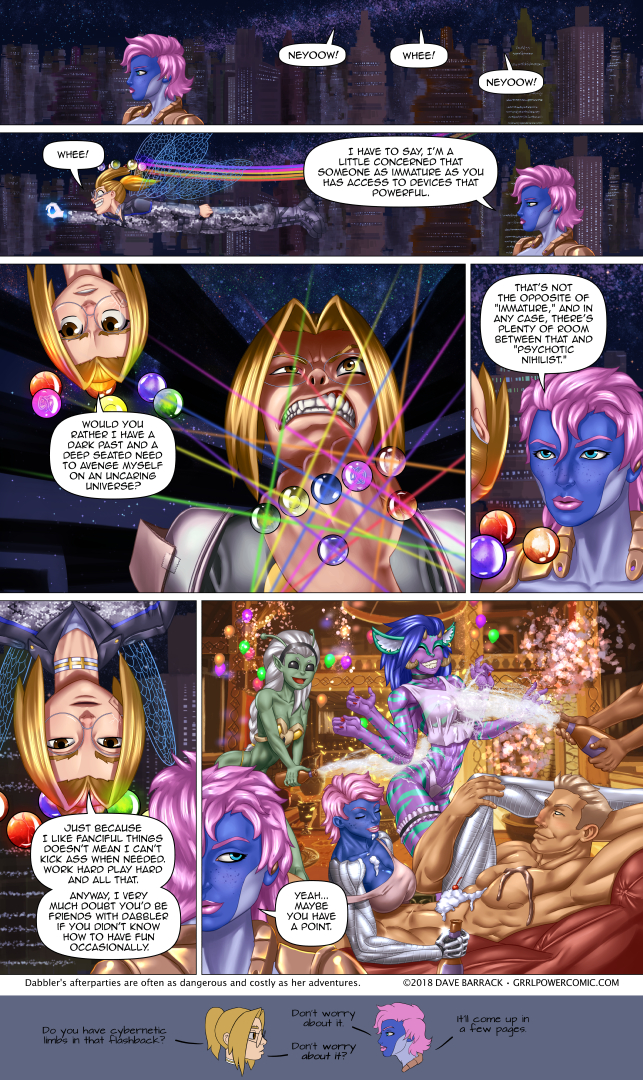

 s
s




